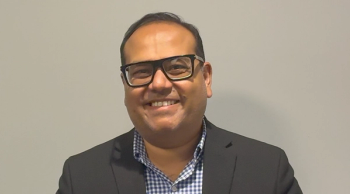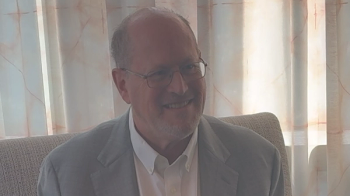
The Growing Need for Specific Care of Geriatric Cancer Patients
Throughout the geriatric sessions we were continually reminded of our aging population, the fact that cancer is a disease of the aging, and of the mismatch in this increasing number of patients and the number of geriatric providers entering the workforce. General oncologists will need to understand the nuances of caring for older patients with cancer.
I enjoy coming to the ASCO Annual Meeting to connect with colleagues and friends, and, in a way, to come away with a rekindled sense of purpose. Every year I comb through the meeting program, trying to pack in as much as possible, and this year I noted the number of sessions devoted to the care of older patients with cancer.
Throughout the geriatric sessions we were continually reminded of our aging population, the fact that cancer is a disease of the aging, and of the mismatch in this increasing number of patients and the number of geriatric providers entering the workforce. General oncologists will need to understand the nuances of caring for older patients with cancer. There was acknowledgement that we have made some progress, yet there are still little data to inform the care of this unique population. For example, although neoadjuvant chemotherapy is recommended for patients with invasive bladder cancer, there is little to inform how this treatment is tolerated in older patients.
There was a nice review of the treatment of older patients with bladder and prostate cancers that showed us that they can be enrolled in clinical trials. The trials of our new, highly effective androgen therapies in the treatment of prostate cancer have included patients with a median age of 66. These agents are well tolerated in older patients, with a few considerations. In contrast, we were reminded once again of the lack of data in the treatment of bladder cancer. We know that patients with bladder cancer are generally older and have many tobacco-associated comorbidities. In addition, these patients are treated with cytotoxic chemotherapy. Dr. Matthew Galsky
Much progress has been made in identifying utility and feasibility in geriatric assessment for cancer patients. In fact, a panel of experts presented the experience of many institutions in organizing the care of older patients. It seems that now our charge is to show how this can truly impact outcomes and how our exciting new therapies affect older patients with cancer.
The meeting did not disappoint, as an inspirational and educational forum, and has only helped me realize further the importance of learning more about the best treatments for older patients, our largest patient population. The weekend provided excellent updates in the field of geriatric oncology, a field which has certainly grown and continues to evolve. I was talking the other day with a faculty member who reminded me of the fiery passion of B. J. Kennedy, MD-the “father of oncology”-and was impressed by this year’s award recipient Stuart Lichtman, MD, as he has also been identified as a pioneer in the field of geriatric oncology. In Dr. Lichtman’s own words, “the care of older [patients with cancer] is the best example of personalized medicine.” As we design biomarker-driven trials to choose optimal treatment, can we also design trials tailored to an individual’s functional signature?
Newsletter
Stay up to date on recent advances in the multidisciplinary approach to cancer.



















































































